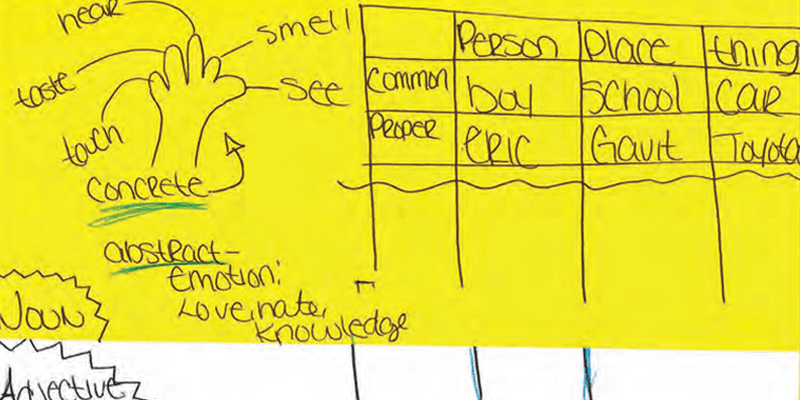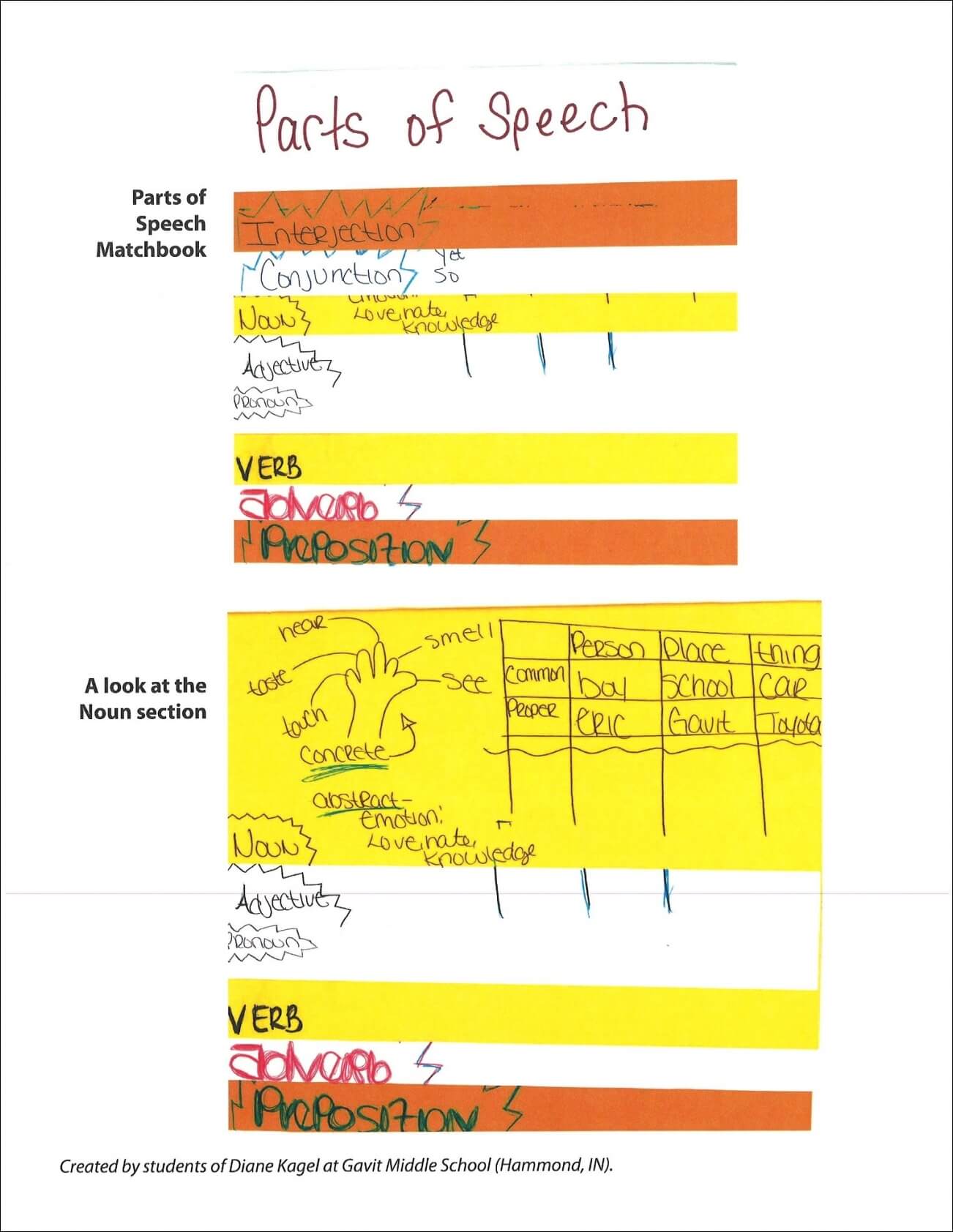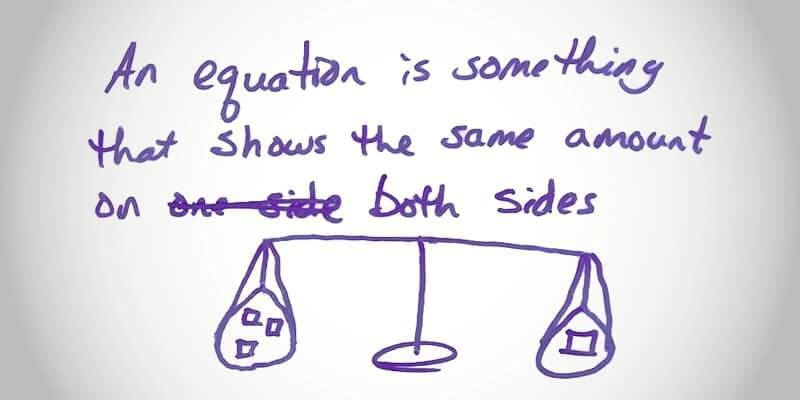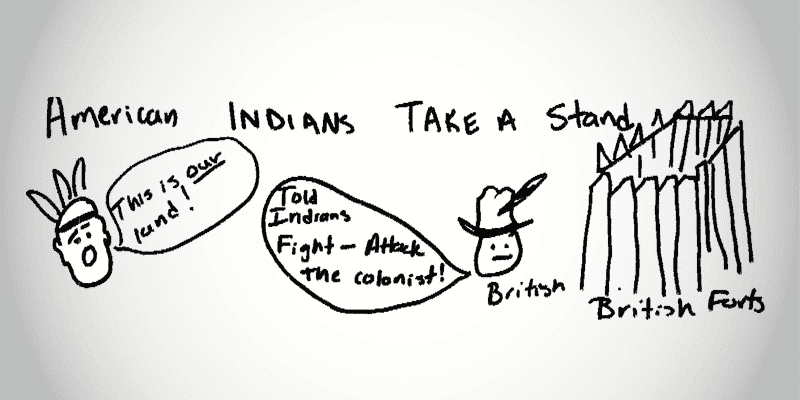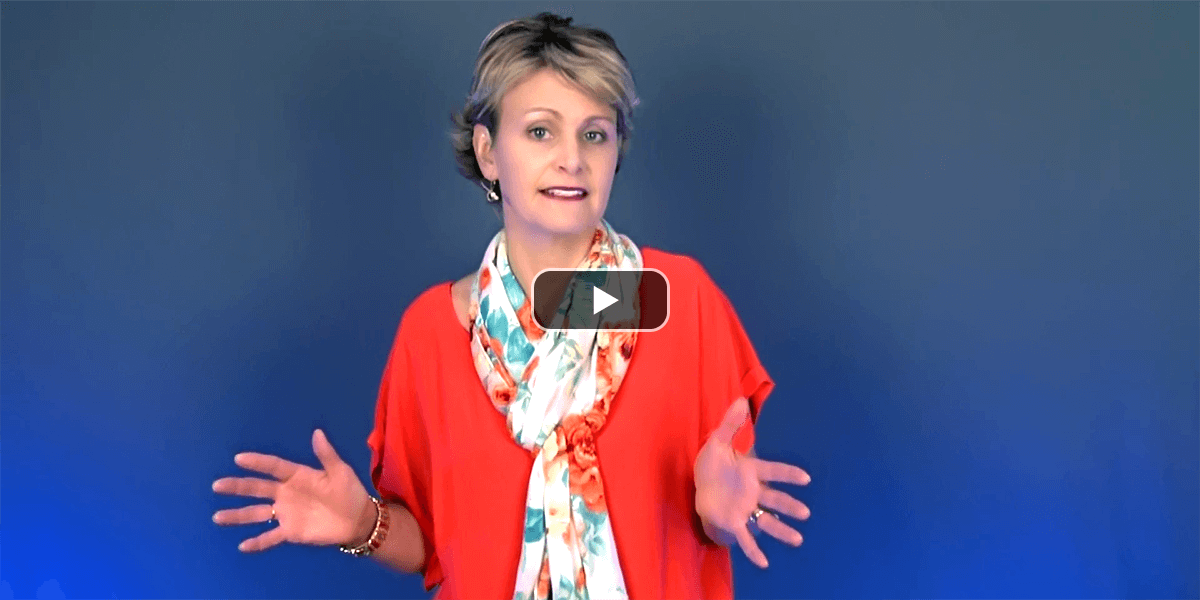Learning Center
reading
Create 3-D study guides
february 19, 2010
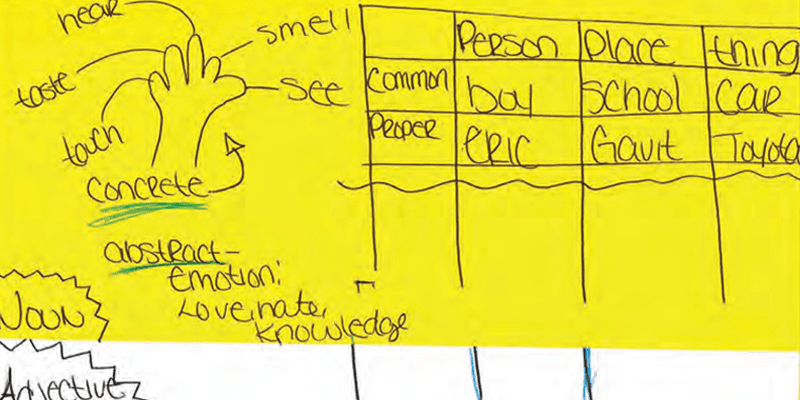
No matter what age you are teaching, everyone can find a use for a hands-on graphic organizer. After students have been introduced to a concept, the teacher would facilitate the students’ construction and application of this three-dimensional organizer. Students can organize their newly learned information. Not only do these “foldables” provide students a hands-on study guide of their learning, but creating them is fun.
Select the Foldable format that fits the content being studied. There are many websites available online that offer simple instructions for creating different 3-D graphic organizers, including samples in a variety of content areas. Check out Dinah Zike’s website for ideas. One of my favorite versions is called the Matchbook.
The Matchbook is created by first laying multiple sheets on top of one another at staggered lengths. This strategy enables what appears to be a single sheet of paper to contain layers of information about words and concepts.
Within each page of the Matchbook students can organize information into categories, parts, even steps in a process. The pages can include examples, diagrams, drawings, timelines, facts, figures, vocabulary, etc. All relevant information is contained on the one page of the Matchbook, creating a quick-reference guide.
Download three examples from language arts and social studies.
Content-area teachers might use a Matchbook organizer to reinforce steps in a process or cycle. Primary teachers might use it to categorize or show types of something—shapes, colors, sizes, seasons, etc. Whatever your grade level or content area, there is a use for this type of hands-on manipulative in the classroom. What a great way to organize on-going information!
Keep in mind, however, the power of such a learning tool does not end with its construction; students need to reference its content. The point of this resource is that it helps them better learn your content and vocabulary.

